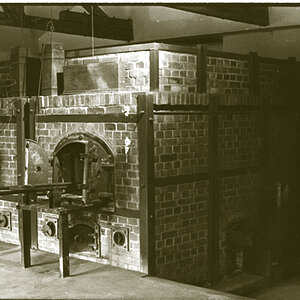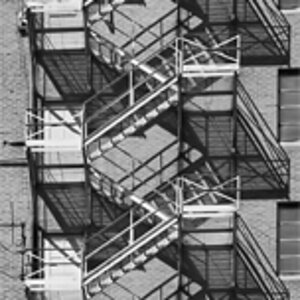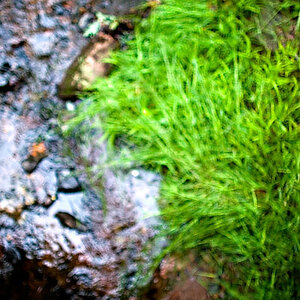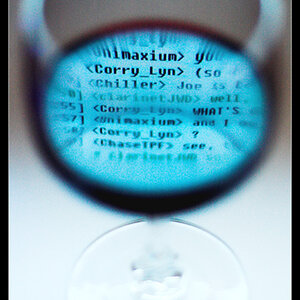- Joined
- Sep 27, 2009
- Messages
- 582
- Reaction score
- 41
- Location
- FL
- Can others edit my Photos
- Photos NOT OK to edit
I can't seem to do anything to eliminate or even reduce reflections from transparent plastic materials. My circular polarizing filters do a decent job on glass and water but are completely useless when I encounter plastic. Anybody have any ideas?


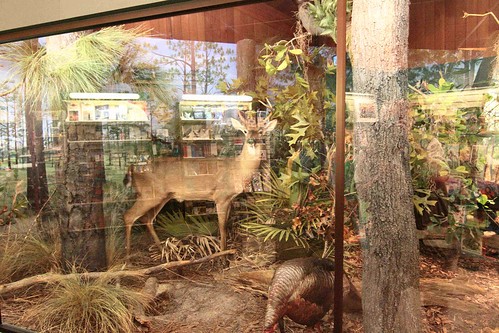
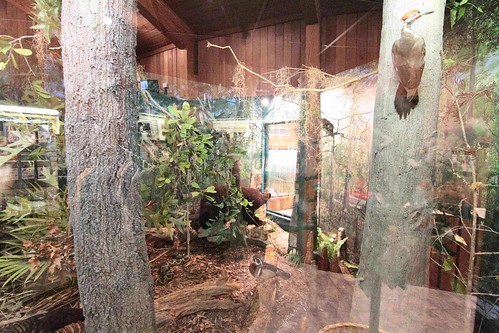


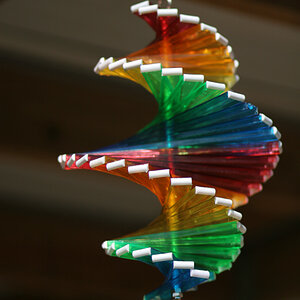
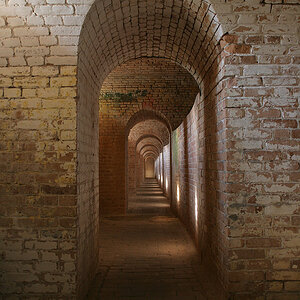
![[No title]](/data/xfmg/thumbnail/42/42279-f60778d39180ee6cd87fc84a15559b96.jpg?1619740087)
![[No title]](/data/xfmg/thumbnail/34/34058-276eb00b31d5bfacf4028e7f729dc601.jpg?1619736257)
![[No title]](/data/xfmg/thumbnail/34/34060-c81fb16d207094738be9b89a70ae1331.jpg?1619736258)
